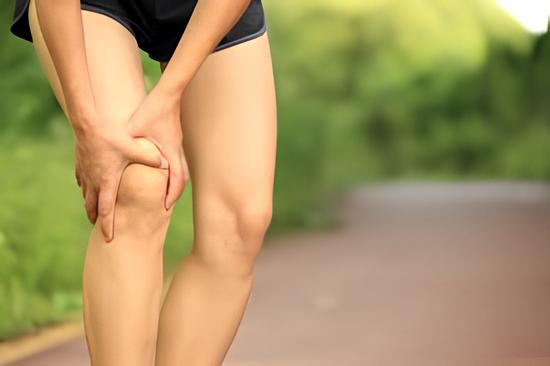The ITB is a non-elastic collagen cord stretching from the pelvis to below the knee.
At the top it is attached to the iliac crest, where it blends with the gluteus maximus and tensor fascia lata. As the tract descends down lateral side of the thigh its deep fiber attach to the linea aspera of the femur. The Superficial fibers continue downwards to attach to the lateral femoral condyle, lateral patellar retinaculum and anterolateral aspect of tibial condyle.ITB friction syndrome causes knee pain due to a tight IT band. It affects runners, teens, and athletes. Treatment includes stretching & reha
EPIDEMIOLOGY
Tightness of the ITB can occur in a number of patient groups. Sometimes the tall, lanky teenager who has recently undergone the adolescent growth spurt may experience pain if soft tissue elongation lags behind long bone development.
Tightness in adolescent females is a frequent cause of anterior knee pain. The Second major group of sufferers are adult athlets, particularly distance runnersn may suffered by the Itb friction syndrome.
CAUSES
A number of factors can contribute for developing the Itb friction syndrome.
- Running on cambered roads and using shoes worn on their lateral edge will increase varus knee angulation and may overstretch a tight ITB.
- Rapid increases in speed or hill work can place excessive stress on the structure.
- Imbalance of muscle strength and flexibility around the knee and hip may lead to the graduation set of symptoms.
- Weakness in the hip and core muscles
- Teightness in the hip,thigh or calf muscles.
CLINICAL FEATURES
- Pain usually occurs over the trochanteric bursa or lateral femoral condyle.
- Pain is also experienced in palpation, but also limited range squats or lunges on the affected leg.
- Mild swelling may occur around the knee joint
- Teightness may felt around the outer thigh area.
- Some individual may experience clicking or popping sound at thec knee when bending and straightend the leg.
- Pay may increase after repetative activity
PHYSIOTHERAPEUTIC TREATMENT
Opoid and analgesics selection that can ruined the health. As per WHO 2030 rehabilition programme focus the drug less management. PT protocols can combat successfully the musculoskeletal disorders.
- Anti-inflammatory modalities can be use but underlying cause must be addresses like UST and TENS
- Modification and alterations of running surface and footwear, and changes to training intensity, frequency, duration and content.
- IT band stretching prior to this use hot packs or diathermy.
- Hip flexor and extensor flexibility is regained by exercises.
- Kinesio taping is very helpful for the condition.
- Weakness of the hip abductors may allow the pelvis to tilt or ‘dip’ during the stance phase of walking or running. This offer gives the impression of a mild trendelenberg gait, and may be habitual following lower limb injury. Gait re-eductaion and abductor muscle strengthening called for.
- Developing a customized plan to safely return to running or cycling, often starting with low-impact activities
What is the Iliotibial Band (ITB)?
The ITB is a non-elastic collagen cord that stretches from the pelvis to below the knee.
What are common causes of ITB Friction Syndrome?
Causes include running on cambered roads, wearing worn-out shoes, rapid increases in speed or hill work, muscle imbalance, and weakness or tightness in hip, thigh, or calf muscles.
What are typical symptoms of ITB Friction Syndrome?
Symptoms include pain over the trochanteric bursa or lateral femoral condyle, mild swelling around the knee joint, tightness around the outer thigh, clicking or popping sounds in the knee, and increased pain after repetitive activities.

